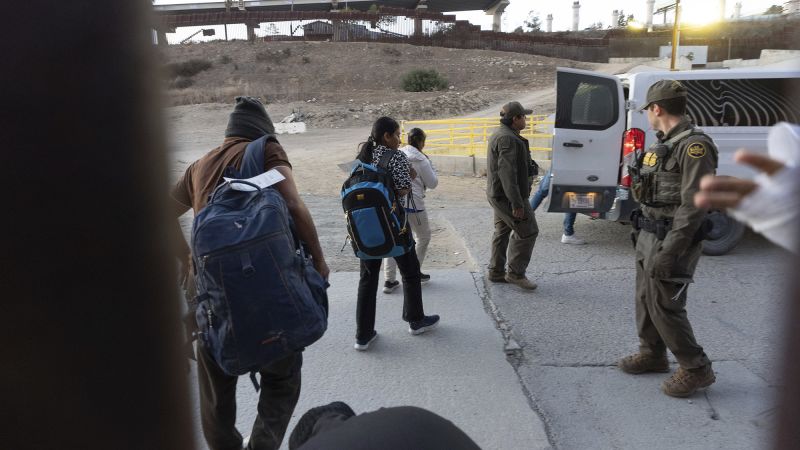Border Crackdown: Trump's Aggressive Immigration Sweep Signals Sweeping Deportation Overhaul

In a dramatic and swift move, the Trump administration has rapidly implemented a comprehensive immigration strategy that fundamentally reshapes the United States' approach to border security and migration. The administration's aggressive policies have effectively transformed the southern border landscape, creating significant barriers for asylum seekers and dramatically narrowing the pathways for entry into the country.
With unprecedented speed and determination, the White House has crafted a multi-pronged approach designed to restrict immigration. The new measures not only make it exponentially more challenging for individuals to seek asylum but also establish a framework for expedited deportation of migrants already residing within U.S. borders. These sweeping changes represent a radical departure from previous immigration policies, signaling a hard-line stance on border control and migration.
The administration's strategy targets multiple dimensions of immigration, systematically closing legal loopholes and implementing stringent screening processes that significantly reduce the likelihood of entry for potential immigrants. By dramatically tightening eligibility requirements and streamlining deportation procedures, the Trump team has reshaped the nation's immigration landscape with unprecedented speed and resolve.

